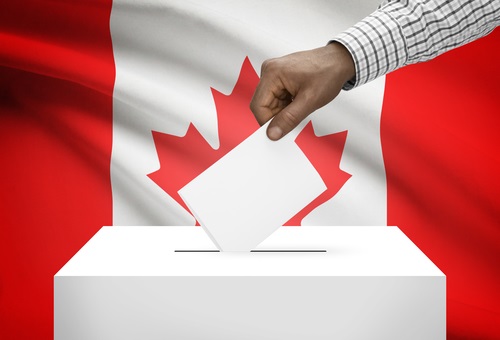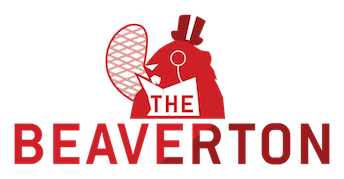


Overview:
Remember how, back before it was our guy in power, it seemed really weird and messed up that someone could have a majority government with just over a third of the popular vote? It sounds like crazy dumb-person talk now, and thankfully, it will be for at least another 3, and probably another 8 or more years. But what if the 2014 version of ourselves had gotten our way, and the number of seats given to each party was based on the actual percentage of votes they received?!?!? Well, meet Proportional Representation, a voting system that better reflects the will of the shitty, shitty public.
How Does It Work?
Say Dave gets half the votes. That means he gets half the seats.
Still confused? Let me simplify.
Let’s say you like oranges, and I like pears, but Matthew prefers nectarines, Ludmilla enjoys grapes, Kelly burns for the fresh taste of pin-appel, and our Mongolian co-worker Steven craves the infamous Kiwi, ‘fruit of the Conquering Horde’.
Let’s say each of us represents a different percentage of the thirty five million people in Canada. If Matthew is 29% of people, he has the most votes, so nectarines is the biggest party in the house. But you are 14% of Canadians, and Ludmilla is 19%. So if you create some sort of spliced together mongrel fruit out of oranges and grapes, for example, tiny oranges that grow in a cluster, or a single giant grape with a rind, you can outvote him with your 33% of the seats.
What comes next? Maybe stop talking for one god-damn minute, and I’ll tell you.
Eventually, competing coalitions form, and the balance of power is held by Steven, whose 0.3% now decides which mismatched, compromised policies are enacted, and also conquers all of Asia.
But how do the individual MPs get chosen?
Parties rank their preferred candidates, on a scale of ‘most’ to ‘least’ unquestioningly loyal to party dogma. Each time a party wins a seat, the candidate at the top of their list fills it, and democracy is somehow saved.
Pros and Cons:
PRO: More reflective of what public wants.
CON: More reflective of what public wants, and sometimes the public really wants genocide.
PRO: If the Green party gets another seat or two, maybe they’ll start taking this shit more seriously and ditch the ridiculous anti-vax stuff.
CON: The Pepe the Frog Party of Canada gets a seat.
PRO: Nobody can act without support of other parties.
CON: Nobody can act without support of other parties, and sometimes one of those parties is made up of religious fundamentalists, and now Canada is building settlements in the West Bank.
Who Uses This System?
Finland, Italy, the Netherlands, the EU, Israel, and specifically, Benjamin Netanyahu.
Who Wants This System?
– The NDP, the Greens, the Libertarians, the Christian Heritage Party. The Conservatives are sort of acting like they do, but only as way of mindfucking Justin.
– People who think the problem with Canada is that political parties don’t have enough control over their candidates.
Who Hates This System?
– Regional parties like the Bloc Quebecois, whatever protest party comes out of the prairies next, and whatever protest party comes out of the prairies after that.
– Parties that routinely win elections because they’re the lesser of two evils, like the Liberals, the Liberal Party of Canada, and the federal Liberals.
How Likely Are We To Get It?
Slightly more likely after the Liberals screwed themselves by releasing that dumb-ass online quiz. Jesus, who do they think they’re fooling with this shit?

